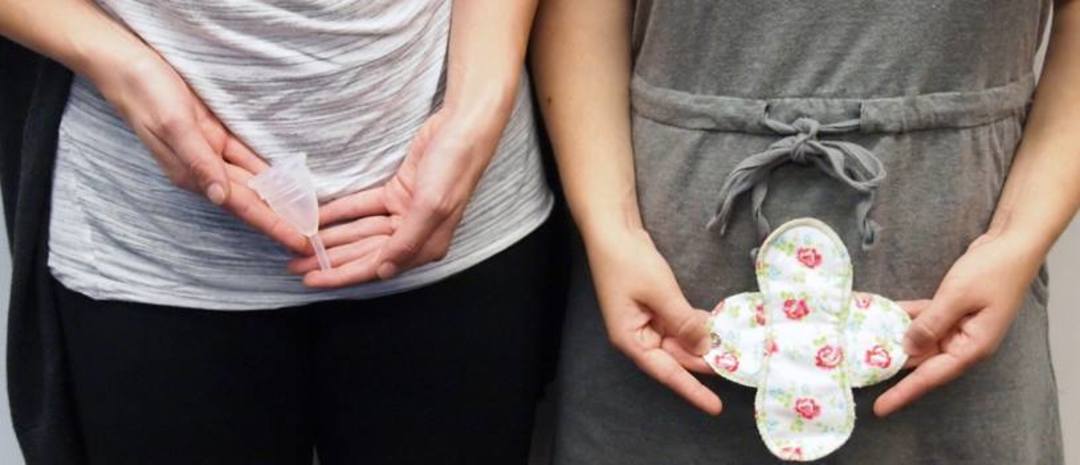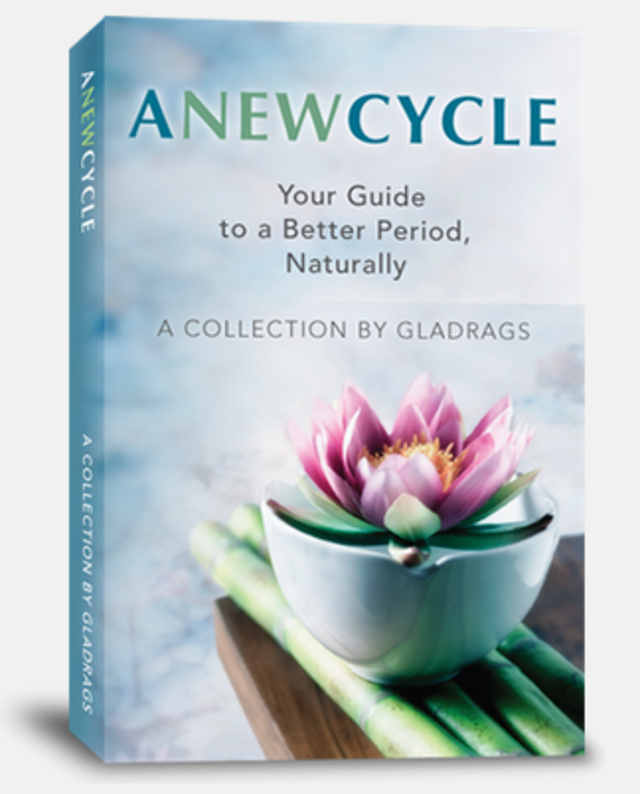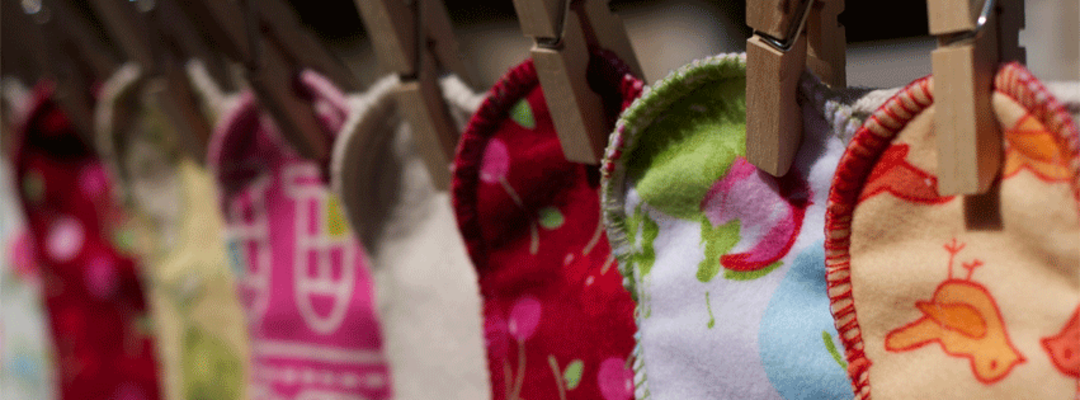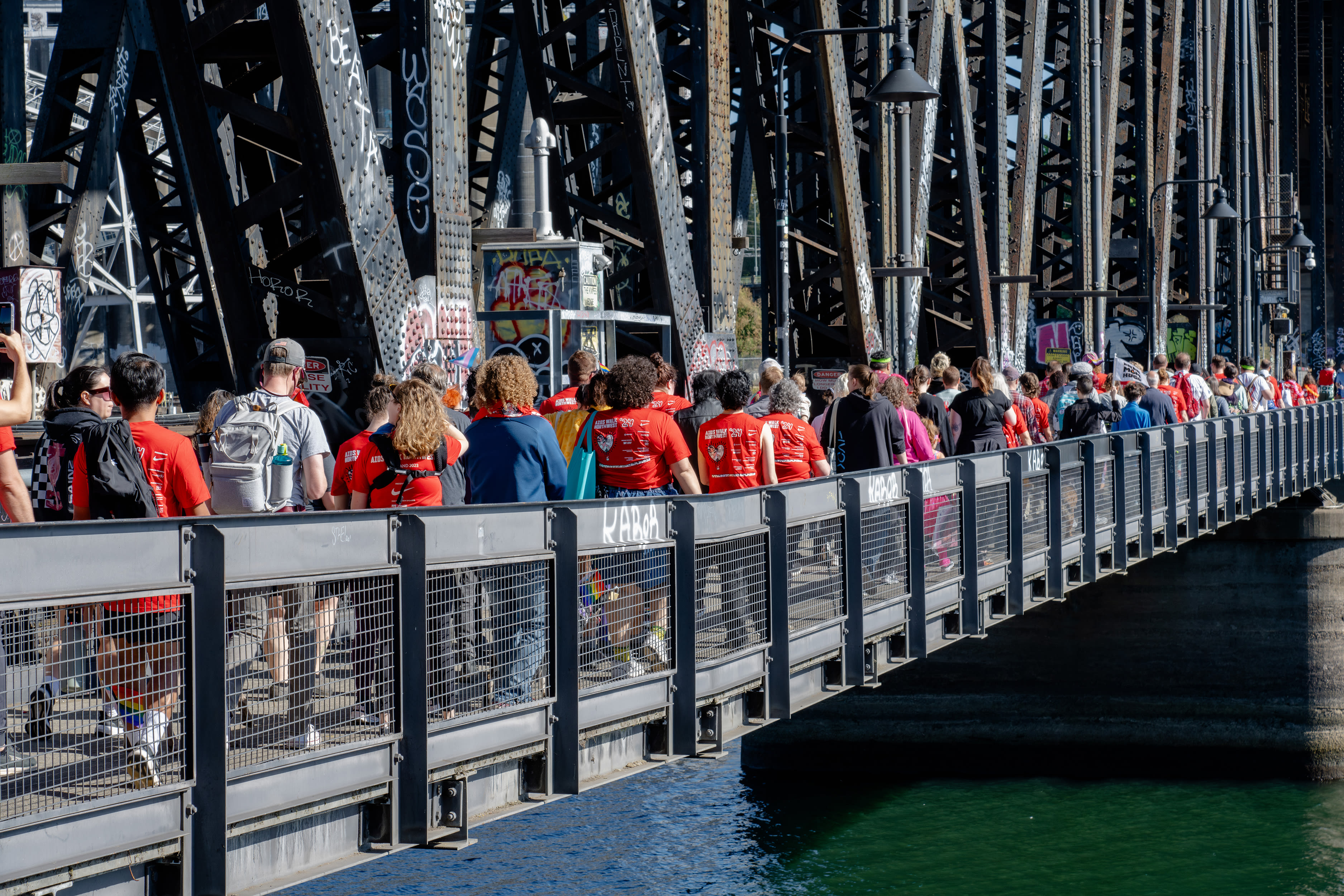10 Reasons to Love Portland-Based GladRags

1. It's led by inspiring ladies. Founder Brenda Mallory created GladRags as a home-based business in 1993, after her newborn daughter’s reusable cloth diapers inspired Mallory to create similar products for her own cycle. When Mallory sought to sell the business in 2011, then-24-year-old GladRags employee Tracy Puhl volunteered to take the helm.
2. They have a variety of products for different bodies. GladRags manufactures an extensive line of colorful cloth pads, from day pads and pantyliners to light flow, heavy flow, first period and postpartum kits. (A new line of extended coverage pads will be in stores soon.) GladRags is also the main distributor of the Moon Cup, an internally worn reusable menstrual cup for women who prefer tampons to pads.
3. After investing in a full set of GladRags cloth pads ($100-200) or a menstrual cup ($35) and a few pantyliners, most customers won’t need to spend another cent on menstrual products for five, ten, or even twenty years. Over a lifetime, women can save upwards of $3000-4000 by switching to reusable products.

4. Unlike disposable products, which commonly contain plastics, adhesives, and chemical gels, GladRag cloth pads are made from soft cotton flannel. (The Moon Cup is made from medical-grade silicone.) Most women, accustomed to disposable pads, can scarcely imagine the comfort of cloth pads. “Plus, that part of your body is a really sensitive porous area,” Puhl pointed out. “If there’s any part of your body that you don’t want to put plastic and chemical gels next to, or in, that’s that part.”
5. The environmental benefit is a no-brainer. The average woman uses—and throws away—12,000 to 16,000 disposable menstrual products in her lifetime. But it’s not just the direct landfill waste, Puhl points out, but “also the manufacturing waste and the shipping costs and the packaging. It’s an endless machine of waste creation.”
6. The pads are easy to wash. “People think it’s really labor intensive and you have to hand wash them,” Puhl said. “But I don’t soak them at all until I’m done with my cycle, I just let them dry out in a little bag that I have. And then I soak them in my bathtub for like ten minutes while I’m sorting my other laundry, and then I just throw them in with my sheets.” No extra loads required!

7. Your period may no longer feel like a curse. “People get really happy about their cycles after they switch,” Puhl said. “Not to say that everyone who makes the switch is suddenly like, ‘Wow I’m a wonderful moon goddess!” But you feel like you’re taking good care of yourself and being in tune with your body, instead of trying as hard as possible to not pay attention to it.” Plus, the pads are so colorful and fun that you may well look forward to your next opportunity to wear them!
8. GladRags consulted a variety of experts about natural ways to improve menstrual health. The results were complied in “A New Cycle,” a collection of essays with topics ranging from uterine alignment and Ayurveda to moon tracking and Chinese herbs. The book is available on the GladRags website.
9. GladRags is a locally owned business on SE Morrison. Though it doesn’t have a storefront, the company sells their products locally at Pharmaca, Whole Foods, New Seasons, and several co-ops.
10. They’re making the world a better place in all sorts of ways. GladRags partners with Abilities at Work to provide long-term employment and vocational training for adults with developmental opportunities. GladRags’ employees are all female, including the women-owned sewing company that GladRags partners with. To top it off, GladRags is a certified B corporation, a certified cruelty-free company, and a gold level Green America certified business.
“I’m definitely a feminist, and something that gets me really excited is economically empowering people who traditionally aren’t,” Puhl said. “I like being able to use GladRags as my own little tool for social change.”





